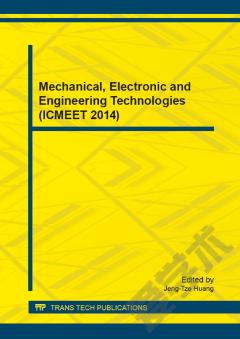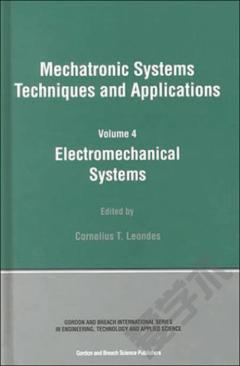Micro Electro Mechanical Systems (MEMS): Technology, Fabrication Processes and Applications
So-called top-down technologies have enabled us to manufacture and fabricate structures even smaller than the micrometer scale. MEMS (Micro Electro Mechanical Systems) technologies were developed by applying semiconductor microfabrication technologies to make three-dimensional microstructures and mechanical systems in the late 1980s. MEMS technologies offer the advantages of batch fabrication of numbers of devices as well as an ability to integrate multiple functional units in a small area, which is important for developing smart and sophisticated devices. By using top-down technology such as MEMS, material costs and the amount of waste can be reduced, thus having a potential to meet the requirements to improve global health. This book also examines a 4-step process for analyzing medication adherence data generated by MEMS and similar electronic monitoring devises. Example analyses are presented to demonstrate these methods using MEMS data HIV-positive subjects' adherence to antiretroviral medications. Other chapters in this book examine power MEMS, defined as microsystems for power generation and energy conversion, including propulsion and cooling, novel optical MEMS device that can fully characterize the transparent living cells or microparticles in real time, an adaptive sliding mode controller for a MEMS vibratory z-axis gyroscope, and the use of nanofretting in nano/microelectromechanical systems (NEMS/MEMS).
{{comment.content}}








 京公网安备 11010802027623号
京公网安备 11010802027623号